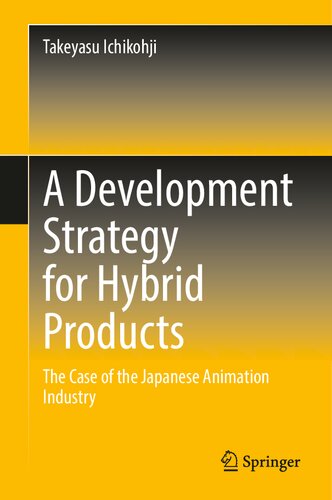

Most ebook files are in PDF format, so you can easily read them using various software such as Foxit Reader or directly on the Google Chrome browser.
Some ebook files are released by publishers in other formats such as .awz, .mobi, .epub, .fb2, etc. You may need to install specific software to read these formats on mobile/PC, such as Calibre.
Please read the tutorial at this link: https://ebookbell.com/faq
We offer FREE conversion to the popular formats you request; however, this may take some time. Therefore, right after payment, please email us, and we will try to provide the service as quickly as possible.
For some exceptional file formats or broken links (if any), please refrain from opening any disputes. Instead, email us first, and we will try to assist within a maximum of 6 hours.
EbookBell Team

4.0
86 reviewsThis is the first book that deals with technological innovation in Japanese animation industry from a management perspective. In reviewing prior research and explaining the history of the technology, the author raises the difficulty of dealing with new technologies. In particular, the focus is on systems that combine analog technology (drawing by hand) and digital technology (3D computer graphics or 3DCG) to create a product. This combined technology is referred to as "hybrid technology" in this book, and the development and management of "hybrid products" using this technology are studied.
The study was conducted in two stages. The first stage was to determine the engineers’ (animators’) perception of hybrid technology. The results showed that in terms of potential, the hybrid technology of hand-drawn animation combined with 3DCG was rated more highly by engineers than hand-drawn alone. However, in terms of the assessment at that time, hybrid technology was rated higher than 3DCG alone but lower than hand-drawn. Therefore, it was assumed that hybrid technology, while useful, would pose challenges with respect to systematic implementation. The second stage was the development management of hybrid products. The results showed that the "adaptive engineer," who openly accepts other new technologies in the early stages of their emergence contributed to the integration of new and existing technologies.